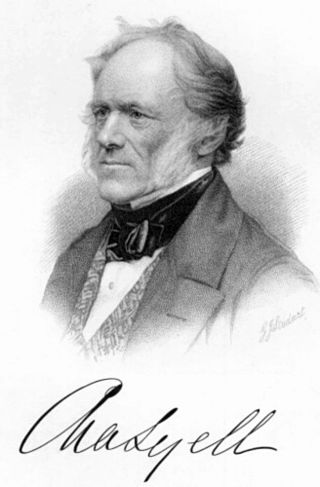
Sir Charles Lyell, 1st Baronet, was a Scottish geologist who demonstrated the power of known natural causes in explaining the earth's history. He is best known today for his association with Charles Darwin and as the author of Principles of Geology (1830–33), which presented to a wide public audience the idea that the earth was shaped by the same natural processes still in operation today, operating at similar intensities. The philosopher William Whewell dubbed this gradualistic view "uniformitarianism" and contrasted it with catastrophism, which had been championed by Georges Cuvier and was better accepted in Europe. The combination of evidence and eloquence in Principles convinced a wide range of readers of the significance of "deep time" for understanding the earth and environment.
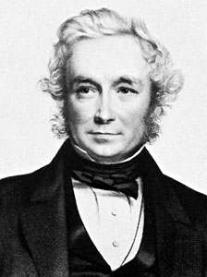
John Stevens Henslow was an English Anglican priest, botanist and geologist. He is best remembered as friend and mentor to his pupil Charles Darwin.

Sir William Boyd Dawkins was a British geologist and archaeologist. He was a member of the Geological Survey of Great Britain, Curator of the Manchester Museum and Professor of Geology at Owens College, Manchester. He is noted for his research on fossils and the antiquity of man. He was involved in many projects including a tunnel under the Humber, a Channel Tunnel attempt and the proving of coal under Kent.

Christchurch Mansion is a substantial Tudor brick mansion house built in Ipswich, Suffolk, England, by Edmund Withypoll around 1548–50. The Grade I listed building is located within Christchurch Park and sits by the southern gates close to the town centre of Ipswich. The mansion belonged to various noble families throughout its history but was purchased by the Ipswich Borough Council in 1884. Since 1885, the building has been used as a museum and is today run by the municipally run Colchester and Ipswich Museums Service (CIMS) organisation. The museum's rooms are preserved as past inhabitants would have known them, complete with original items such as furniture, fine clothing and children's toys. The museum also holds a collection of paintings by renowned local artists including John Constable and Thomas Gainsborough. The Mansion is free to enter and booking is not required.
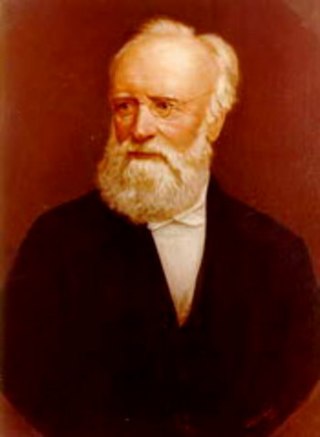
William Crawford Williamson was an English Naturalist and Palaeobotanist.

Sir Julius Benedict was a German-born composer and conductor, resident in England for most of his career.
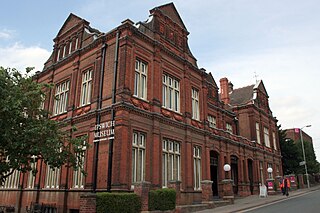
Ipswich Museum is a registered museum of culture, history and natural heritage, located in a Grade II* listed building on High Street in Ipswich, the county town of Suffolk. It was historically the leading regional museum in Suffolk, housing collections drawn from both the former counties of East Suffolk and West Suffolk, which were amalgamated in 1974.

Benjamin Franklin Mudge was an American lawyer, geologist and teacher. Briefly the mayor of Lynn, Massachusetts, he later moved to Kansas where he was appointed the first State Geologist. He led the first geological survey of the state in 1864, and published the first book on the geology of Kansas. He lectured extensively, and was department chair at the Kansas State Agricultural College.

Mordecai Cubitt Cooke was an English botanist and mycologist who was, at various points, a London schoolteacher, a Kew mycologist, curator at the India Museum, journalist and author. Cooke was the elder brother of the art-education reformer Ebenezer Cooke (1837–1913) and father of the book illustrator and watercolour painter William Cubitt Cooke (1866–1951).
Claude Morley was an English antiquary and entomologist who specialised in Hymenoptera and Diptera. He has been described by Peter Marren as "Suffolk's best-known entomologist".
Nina Frances Layard was an English poet, prehistorian, archaeologist and antiquarian who conducted important excavations, and by winning the respect of contemporary academics helped to establish a role for women in her field of expertise.

Science-Gossip was the common name for two series of monthly popular-science magazines, that were published from 1865 to 1893 and from 1894 to 1902. The first series was called Hardwicke's Science-Gossip, and the second series Science-Gossip.
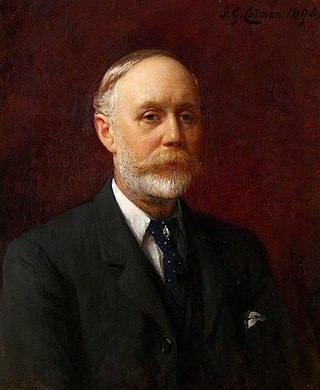
Sir Edward Packard, junior, was an English businessman who developed a major artificial fertilizer industry near Ipswich, Suffolk. He also was active in the formation and development of the Ipswich Art Club, also contributing a number of his paintings to various exhibitions.

John Gunn was an English cleric and geologist, known for his work on the Cromer Forest Bed. He also established the Norwich Geological Society with John Ellor Taylor in 1864.

Leopold Hartley Grindon was an English educator and botanist, and a pioneer in adult education. His plant collection and botanical drawings and writings formed a major asset of the herbarium at Manchester Museum, when it was founded in 1860.
John Wilfrid Jackson was a British conchologist, archaeologist and geologist.

Louis Compton Miall FRS was an English palaeontologist and biologist who was Professor of Biology at the University of Leeds.
Edward Packard, senior, was an English chemist and businessperson who founded and developed a major artificial fertilizer industry near Ipswich, Suffolk in the mid-nineteenth century, and became a wealthy and prominent figure in the life of the Borough. His son, Sir Edward Packard, junior developed Packard and James Fison (Thetford) Limited ('Fisons') into one of the largest fertiliser manufacturing businesses in the United Kingdom.
William Barnard Clarke (1807–1894), was an English physician, naturalist and museum curator, who collaborated with Professor John Stevens Henslow in the formation of Ipswich Museum in 1847–1850, the first Museum founded with a specific mission for the scientific education of the working classes. He is not to be confused with his contemporary, the Suffolk-born geologist William Branwhite Clarke.

Gainsborough Lane is a rural road in the South East Area, Ipswich which has been noted for its charm since the nineteenth century. In 1888 John Ellor Taylor, curator of Ipswich Museum, described it as the "dearest walk" available locally for Ipswich people.
















